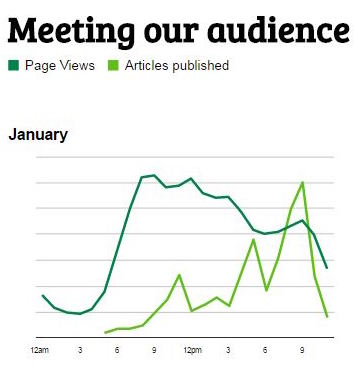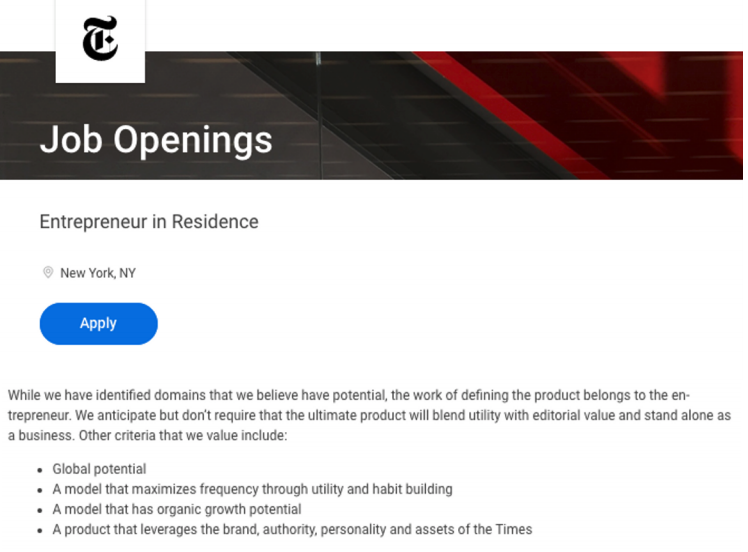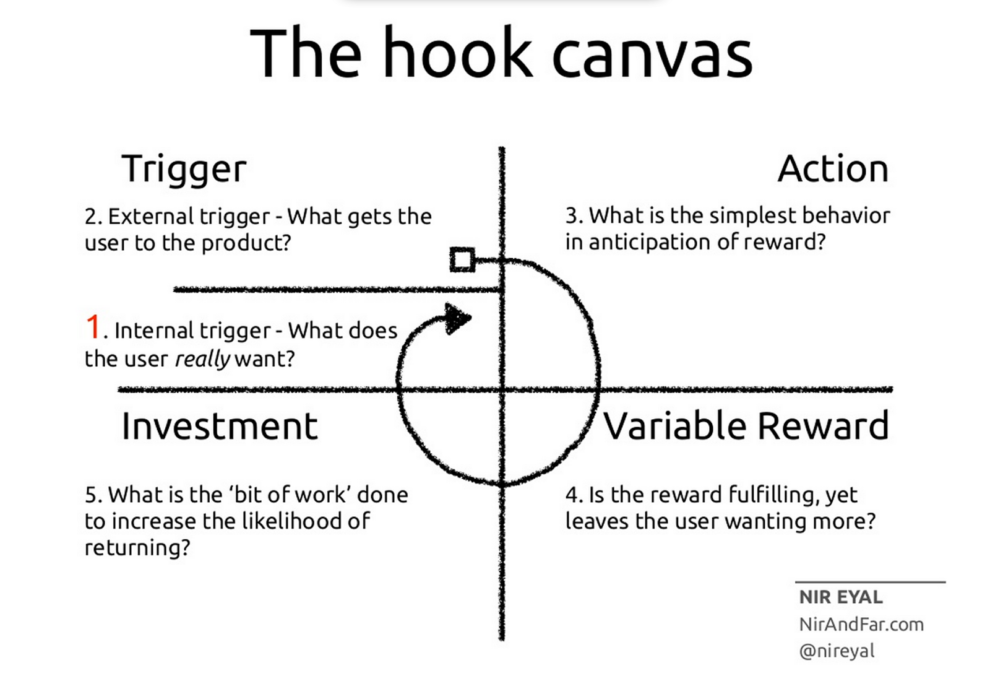Blog
The importance of product thinking for news
In the past decade or so, the number of platforms that news needs to be on has exploded. Gone are the days of focusing only on print and digital. Now publishers need to manage a variety of different news products all at once, which means product thinking has become ever more important.
Anyone in a newsroom can do product thinking. It’s really about trying to think holistically about the needs of the audience, the mission and business interests of the organization, and technically how you’re going to get things done and bringing that together in a holistic way to create a comprehensive strategy for your organization.
Becca Aaronson, Chalkbeat’s director of product
With this renewed focus on product, Digiday declared product managers a “must-have” for publishers this year. We’re seeing publishers taking this to heart, with The Washington Post tripling its product managers in two years and Vox Media employing 150 people in its product team. With this in mind, we’re highlighting three best practices that a focus on product thinking will bring to the news media industry.
Need to invest more in product strategies
News publishers need to understand they’re not only competing with other news titles for readers, but with all types of media. For younger readers, this is even more true – recent research from Reuters found that no news app (other than Reddit) was in the top 25 most used apps in a survey of 18-35 year olds. Instead the top app was Instagram, which every respondent in the (admittedly small) sample used daily.
It’s not just the quality of the journalism that will convert a subscriber, it is the whole product experience. With the news that readers who do pay for online news will mostly only pay for one subscription, the importance of understanding this becomes only more important. As readers get used to the vast recommendation engine of Netflix or the ease of subscribing to Spotify, they expect all digital products to offer the same experience. Tech giants themselves aren’t immune to this competition either, we saw this week that Apple is trying to undercut the streaming giants with the launch of Apple TV+ in 100 countries at half the price of Netflix.
A key way to invest more in a product strategy is through hiring, and retaining, strong product managers. There was a great panel at the International Journalism Festival on this earlier this year. In this intro to product 101, we heard from The Guardian’s Ana Jakimovska, RISJ’s Lucy Kueng and Nic Newman, and Lippe Oosterhof from Yahoo News. They believe that successful media companies are the ones that have a clear understanding of their product across the entire company. This usually requires product managers who serve in more than a delivery capacity, becoming true strategic advisors.
It is simply not possible for an Editor in Chief to understand all the possible technology today, they need to trust their product people.
Nic Newman, Senior Researcher at Reuters Institute
Design around reader needs, not newsroom wants
Once you start thinking from a product perspective, some publishing decisions may need to be rethought. Your digital product strategy should be directly inspired from what your readers need, not what’s most convenient for the newsroom.
Minnesotan newspaper Star Tribune was recently lauded by Poynter for how it outperforms similar American metro dailies. One of the reasons they have been so successful is because they listen to their readers to make product decisions. For example, they compared when they were publishing their stories against when readers were actually consuming the stories. They saw this didn’t match up, so they changed their publishing schedule.

Across the Atlantic, Ouest-France had a similar realisation in 2013. They didn’t feel they were meeting the needs of readers who were coming to them in the evening. So the team dug into the data and decided to launch a new product to best serve these readers. They launched the first digital-only newspaper of France, L’édition du Soir, which has lighter content, presented in a more interactive way. It’s been a veritable success story, engaging nearly 2 million readers every month.
Focus on maximising frequency
In recent years, publishers often optimised their news products for the number of pageviews or the length of time spent in one session. However as digital news business models have shifted from advertising-based to reader revenue driven, what’s important in a news product has changed as well. Maximising frequency, or building habit, will become one of the key goals of news product development. Already we see top publishers focusing on this; a recent job posting from The New York Times for an entrepreneur in residence had this exact goal listed.

We know it is frequency that is the biggest indicator of future retention, and an increasing number of publishers are investing more in their engagement strategies than their acquisition strategies. However habit formation strategies are still an emerging field for the news media industry. We’re just now in the early stages, needing to look outside the industry for key frameworks for product development such as Nir Eyal’s Hook Canvas.

That’s why we’re proud to have Nir Eyal giving the keynote speech at the Digital Growth Summit next month. In partnership with DuMont, we decided to invest in this little explored topic by gathering our industry together to focus on habit forming news products. We’ll be publishing the results of this summit, along with further research, in the next chapter of our series “Reinventing Digital Editions“. This new chapter focusing on habit formation strategies will be published later this year, sign up to receive the report.
This article was written by Mary-Katharine Phillips, Media Innovation Analyst at Twipe from 2017 – 2021.
Other Blog Posts

Stay on top of the game
Subscribe to Twipe’s weekly newsletter to receive industry insights, case studies, and event invitations.
"(Required)" indicates required fields

